You can read the official I-Explore and Horizons Plagiarism and Collusion policy here, or read on for support in understanding and avoiding plagiarism.
We all want to have our ideas and work judged and marked fairly. And a part of that is showing good academic and professional practice in your written and creative work by acknowledging where your own work includes the ideas and writing, images or diagrams of other people.
What exactly is plagiarism?
Plagiarism is the intentional or accidental inclusion of material created by other people in work that you claim is your own. The following are all types of plagiarism ranging from accidental plagiarism due to poor academic practice to intentional attempts to cheat:
- Forgetting to include an in-text citation when you have paraphrased the ideas or writing of someone else, or adapted an image or diagram originally created by someone else
- Not using quote marks when you have included words written by another person, as they wrote them – even if you have included an in-text citation
- Asking another person to write a part or all of your assignment
- Copying another student’s assignment (either from your class, from previous years or from the internet) and submitting it as your own
- Using an essay mill or paying someone to complete your assignment for you
Why is plagiarism bad?
Plagiarism is a form of cheating because by not acknowledging the source of ideas or passages of writing, you are claiming falsely that these were your own ideas or words. You are preventing the person who originally came up with the work from receiving credit (or criticism) for their own work. It is a form of intellectual theft – to steal something that belongs to someone else and pretend that it is your own.
Committing plagiarism in your work is heavily penalised – both in your university work and when you enter employment. It is important to remember that plagiarism includes both intentional cheating and poor academic practice (accidental plagiarism), so it is important to develop good academic habits around note taking and writing.
What will happen if there is plagiarism in my assignment?
In your Change Makers work, you will have lots of opportunities to get feedback on your work from your teachers before you submit your work. If you teachers find poor referencing practice or plagiarism in your drafts, you will be advised that this needs attention before submission. You will be reminded about good referencing practice and given the opportunity to correct your work.
If plagiarism is found in your submitted work, your teachers will investigate what has been plagiarised and how this has occurred. This might be obvious from having worked with you on your assignment before submission, or some detective work might reveal the answer, or your teacher may contact you to ask you about the submission as it is being marked.
All incidences of plagiarism will be reflected in your grade.
If it is clear that the plagiarism is the result of poor referencing practice, you will lose marks in this area of the mark scheme and receive feedback indicating where the problems lie and what correct practice would have been. If there are extensive issues in your work, this could result in a substantial loss of marks.
If it is clear that the plagiarism is intentional or so extensive that there is little evidence of your own work, the matter will be reflected seriously in all areas of the mark scheme and your work will be referred to the Exam Board and/or your department for consideration.
In cases that are unclear, a recommendation will be made regarding your grade and this will be referred to the Exam Board for further discussion.
How do I avoid plagiarism?
The most important thing that you can do is to become informed about what plagiarism is, and how it can occur accidentally – due to poor academic practice.
Every Change Makers module will include some discussion about plagiarism – this will be a more formal discussion where there is more substantial written work being submitted. If you are uncertain about plagiarism or how to complete your referencing – just ask! All your teachers will be really happy to help you understand how to work safely to avoid plagiarism and will be happy to review examples of your work.
In the first instance, your teacher will refer you to the Imperial Library website to review their referencing guides. Every academic, even after many years of experience, uses referencing guides when they are writing – even your teachers. It is a sign of good practice to know where these guides are, and to have them open for reference on your computer as you are writing.
The library website has lots of guidance on plagiarism, and even has a mini-course that you can take to help you understand what plagiarism is – check this out here.
The referencing guides are really useful – they all give examples of how to complete your reference list, and how to include different types of in-text citation – such as simple citations or quotes.
On all Change Makers modules we use Harvard referencing, which is very different to the referencing style you are likely to use in your department. In Harvard referencing, the in-text citation is (Surname, Year) rather than a number, and the reference list is organised alphabetically by surname rather than by order of appearance. You can see the Harvard referencing guide here – and we recommend you keep this open in your browser while you write.
There is also some more general advice about referencing here.
The most important stage of avoiding accidental plagiarism happens before you even start writing. Most accidental plagiarism occurs because of poor note taking.
We’ve all sat there, making page after page of notes from websites, books and papers. We write down the best ideas that we read so that we can incorporate them into our work. But sometimes we write a few notes as a summary, and sometimes we copy a phrase or two down. And the most important thing, is that for everything we make a note of, we write down the source and page number (it’s a good idea to do this at the top of the page if you are making detailed notes, or in the margin if a page of notes might contain ideas from lots of pages or sources). And if we copy down a phrase or two, we put great big exaggerated quote marks around the phrases and the page number alongside it.
If you also make some notes that come from your own thoughts and ideas, write ME next to them.
By the time we start writing, we might have made a lot of notes. And without those clear source annotations, page numbers, quote marks and MEs in the notes, we will struggle to remember where things came from, or whether we had already paraphrased or whether we copied something down.
If your notes are properly annotated this becomes clear, and you can start writing with confidence.
Always, always, always, include your references as you write. Do not rely on your memory to add your references after you have completed a draft. If you are writing quickly and don’t want to be interrupted by putting full citations in, at least put the surname of the author in brackets in the text.
Your teachers love reviewing drafts and giving you advice about your assignments and writing, but they really don’t like reviewing drafts with no references. As teachers, we cannot give you proper advice about your ideas or their expression in writing if we don’t know which bits are your own ideas and which bits come from other sources. And most importantly, we cannot give you advice about your referencing practice and use of sources.
But I’ve got too many references…
Lots of students worry that they’ve got too many references, or that if they used quote marks for every little sentence that they had included that was written by someone else that it would look like the assignment is not their own work.
This is completely back to front!
You must have read some published academic work. Think about how many references and quotes were included there. A. Lot.
The more citations you include, the more you can demonstrate the depth of your research and reading and the origins of your own ideas. In the modern day, it is very unusual for us to think about things or have ideas that are not related to those of other people. And showing that you are aware of that by citing those other authors is a good thing.
And certainly for your Change Makers assignments, there is no such thing as ‘too many quotes’. We would far rather you were very clear and put every single phrase that was used by someone else in quote marks, than risked poor practice by trying to ‘hide’ your quotes in paraphrasing. We can help you to use quotes effectively by weaving them into your own writing so that they don’t interrupt the flow of your work. But we love to see you using quotes.
What is the difference between paraphrasing and quoting?
Whenever you use three or more words in a row as found in someone else’s work, you should put them in quote marks. If you are using a term that is 1-3 words in length but is a term that has been coined by that author, that should also be in quote marks.
Paraphrasing is when you take a sentence or idea from someone else’s work, and COMPLETELY re-write this in your own words. It is not enough to just change one or two words, or the key words, you also have to change the sentence structure. You will have a distinctive voice in your writing (we all do), and the reader should be able to believe that this phrase is being said in your own words, or in your voice. It is often very obvious when something has been poorly paraphrased. Every single phrase, sentence or passage of paraphrasing should include a citation so that the original author is included as the originator of the idea.
If you paraphrase poorly, leave too many of the original words in place, or use the same sentence structure as the original, the chances are that you will be committing plagiarism – and with your teacher’s instincts plus the use of plagiarism checking software (we use TurnItIn), you will be caught out.
Last updated 3rd October 2023

2 thoughts on “Avoiding Plagiarism”
Comments are closed.